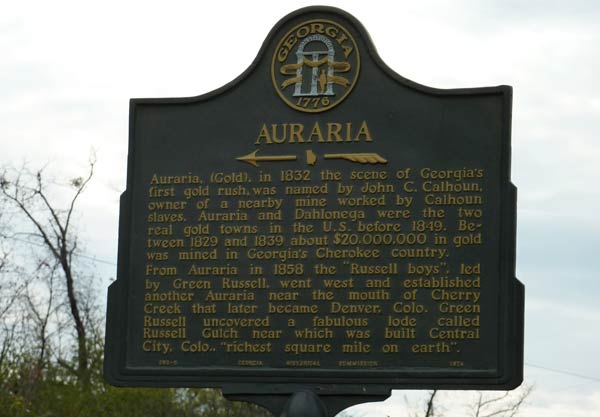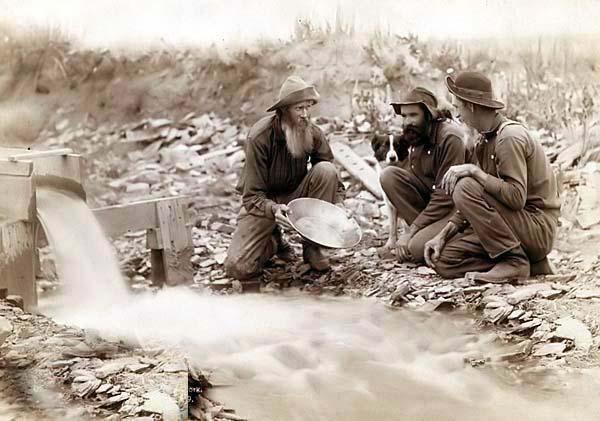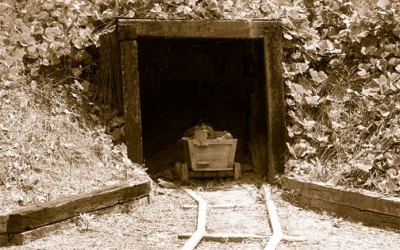Lumpkin County Genealogy, Wills, Estates, Marriages, Church Records
Early settlers went into Dahlonega and the Blue Ridge Mountains to search for gold. This was the driving force that built this little town and caused it to thrive for years to come. Lumpkin County was created in 1832 and named in honor of Wilson Lumpkin who served in both state houses, as Governor, in the U. S. House of Representatives and Senate. Before that time, the Cherokees and Creeks inhabited this land, having many gold and silver mines. The Creeks and Cherokees fought a battle in Slaughter’s Gap on Blood Mountain near Union County that lasted for days. The result was that the Creeks had to retreat south of the Etowah River. Actually, gold was discovered in Lumpkin County before 1830 although mining of gold in White County was already underway.
Marriages
- Lumpkin County Marriages from newspapers 1885-1886
Church Records
- Minutes of Wahoo Baptist Church, Book 1, 1833 to 1873
- Membership Roll of Wahoo Baptist Church
Wills
- Lumpkin County Wills 1833-1852 (abstracts).
Indexes to Probate Records
- Index to Lumpkin County Wills, Book A, 1845-1923
- Index to Lumpkin County Annual Returns, Inventories, Vouchers 1847-1856
- Index to Lumpkin County Annual Returns, Inventories, Vouchers 1847-1873
- Index to Lumpkin County Annual Returns, Inventories, Vouchers 1855-1890
- Index to Lumpkin County Annual Returns, Inventories, Vouchers 1859-1893
Miscellaneous
- Cherokee Gold Lots
Traced Genealogies:
Lumpkin County Families
| Ashe | Jarrard | Jay | Whelchel |
| Yarborough |
The Fascination with Auraria, Georgia
It is common knowledge that in Georgia the Cherokees had a number of gold and silver mines, especially in the North Georgia counties of Lumpkin, Forsyth, Hall, and Paulding. For this reason, when white settlers came into the area, they searched creek bottoms for good spots to pan gold. Ordinary folk in Paulding still speak of places where the Cherokees buried their gold (and disguised mines) before they moved West. Arrowheads are still fished out of Pumpkinvine Creek. The mining town of Auraria was established by 1830 and reached a zenith of about 1000 persons.


Gold a Year Later
A year later gold was discovered in Carroll County as well as on Cherokee lands in Lumpkin, White, Union, and Cherokee Counties. While most people were placer mining, boomtowns like Auraria and Dahlonega began to appear. It was said that Dahlonega supported 15,000 miners at the height of the gold rush.
Dahlonega Gold-Mining
If you see the word “miner” on the 1850 census as the occupation, what you have is a relative who was sniffing out the trail of gold discoveries in Georgia. Do not be surprised to notice that this adventurer moved about in the mountains of North Georgia. In Lumpkin County, the rush began in 1829 and spread rapidly throughout the region. In fact, the word spread so quickly that newspapers caught wind of it. Of the uncounted gold mines which are found in this region, the most fruitful at the present times lies about twenty-five miles from here, in a northerly direction, and is the property of Mr. Lorenzo Dow Smith. And the success which has ever attended Lorenzo is worth recording.

